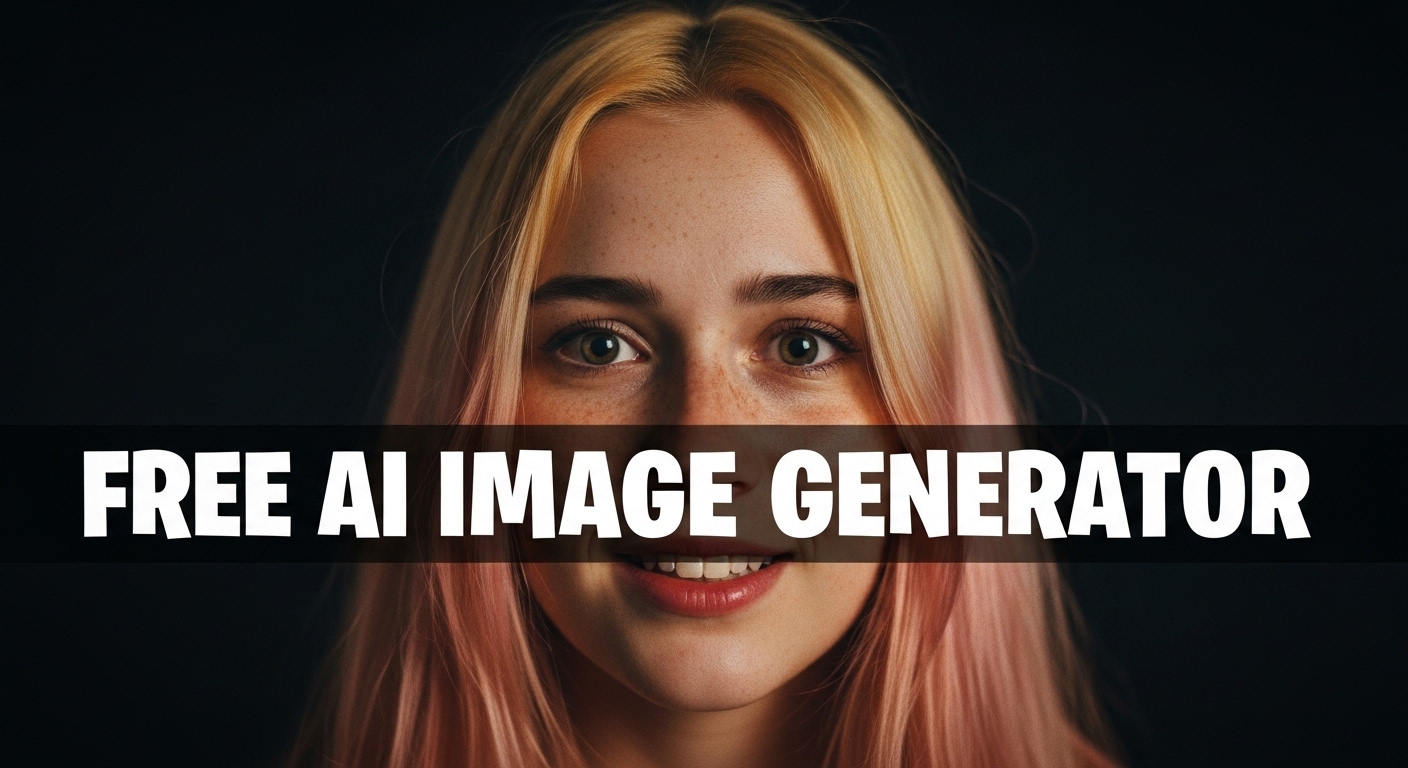Moody Image Generator
Moody Image Generator is a free online tool to generate moody style images. The tool is free to use, just enter prompt in moody style and generate moody image style in seconds similar quality to flux, midjourney, open ai, imagen, nano banana AI image quality.
Generate Moody AI Image for Free
What is a moody Generator?
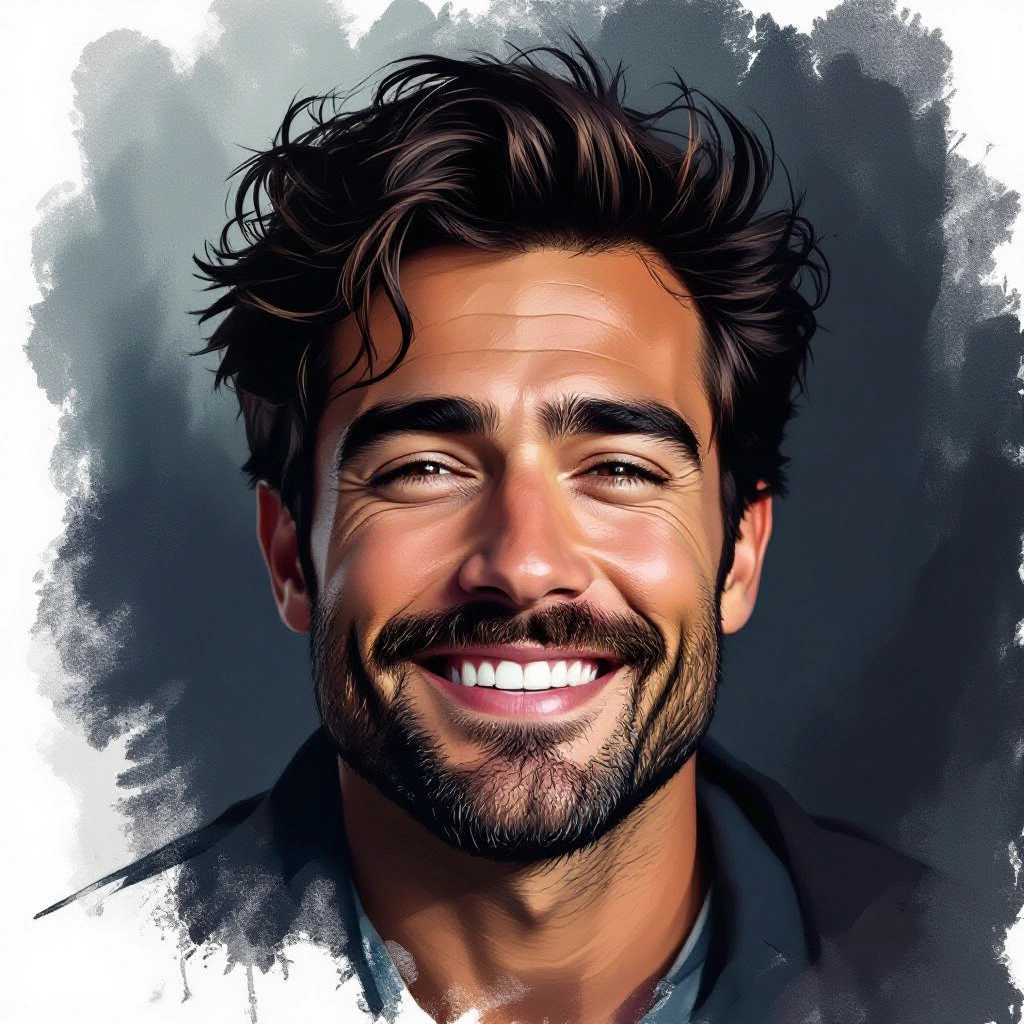
A Moody Generator is an AI image tool trained to produce images with atmospheric, emotionally charged looks defined by low-key lighting, muted palettes, selective contrast and film-like texture. Instead of generic bright renders, this generator emphasizes shadow detail, directional light, color casts and subtle grain to create tension, mystery and cinematic depth. It translates descriptive prompts into compositions that feel introspective, dramatic or nostalgically dark while preserving photographic realism or stylized art elements.
Photographers, art directors, indie filmmakers, social media creators and brand designers use a Moody Generator to prototype visual moods, craft evocative portraits, and build consistent visual identities. It is ideal for anyone who needs imagery that conveys melancholy, suspense, romance or urban grit without lengthy on-set lighting setups. The tool speeds up concept testing, mood boarding and production-ready assets that require controlled atmosphere and emotional impact.
How to Create moody Images
Start by writing a specific moody prompt that names lighting, color and atmosphere, for example "low-key portrait with rim light, muted teal shadows, warm highlights, light film grain." Next, adjust generator settings: lower ambient brightness, raise contrast, pick a narrow color cast and add grain or haze to taste. Finally, refine by iterating prompts and using crop, depth and upscale tools to emphasize subject placement, accentuate shadows and preserve subtle texture until the image achieves the intended emotional tone.
Enter AI Moody Prompt
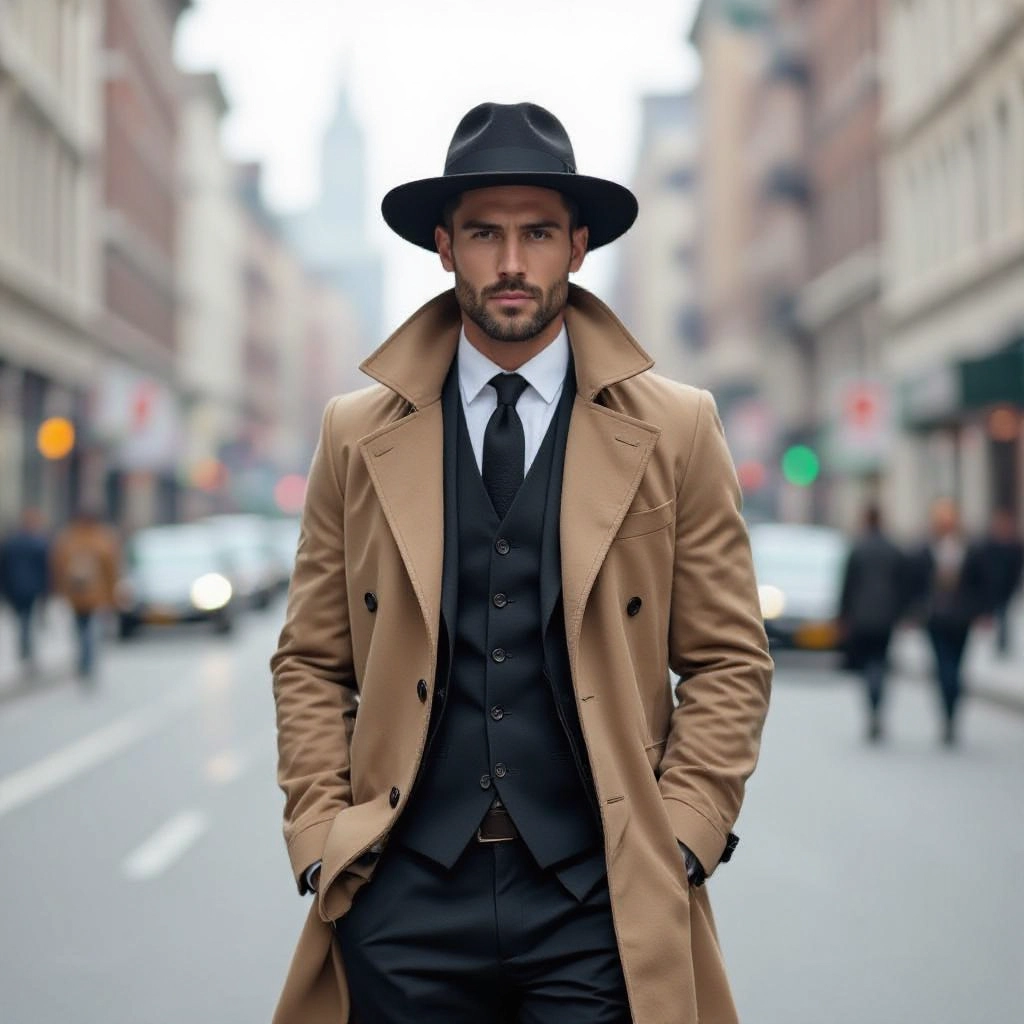
Type your moody character or scene description in the prompt box. Include details like character appearance, clothing, expressions, and setting to get better AI moody results.
Choose AI Model Settings
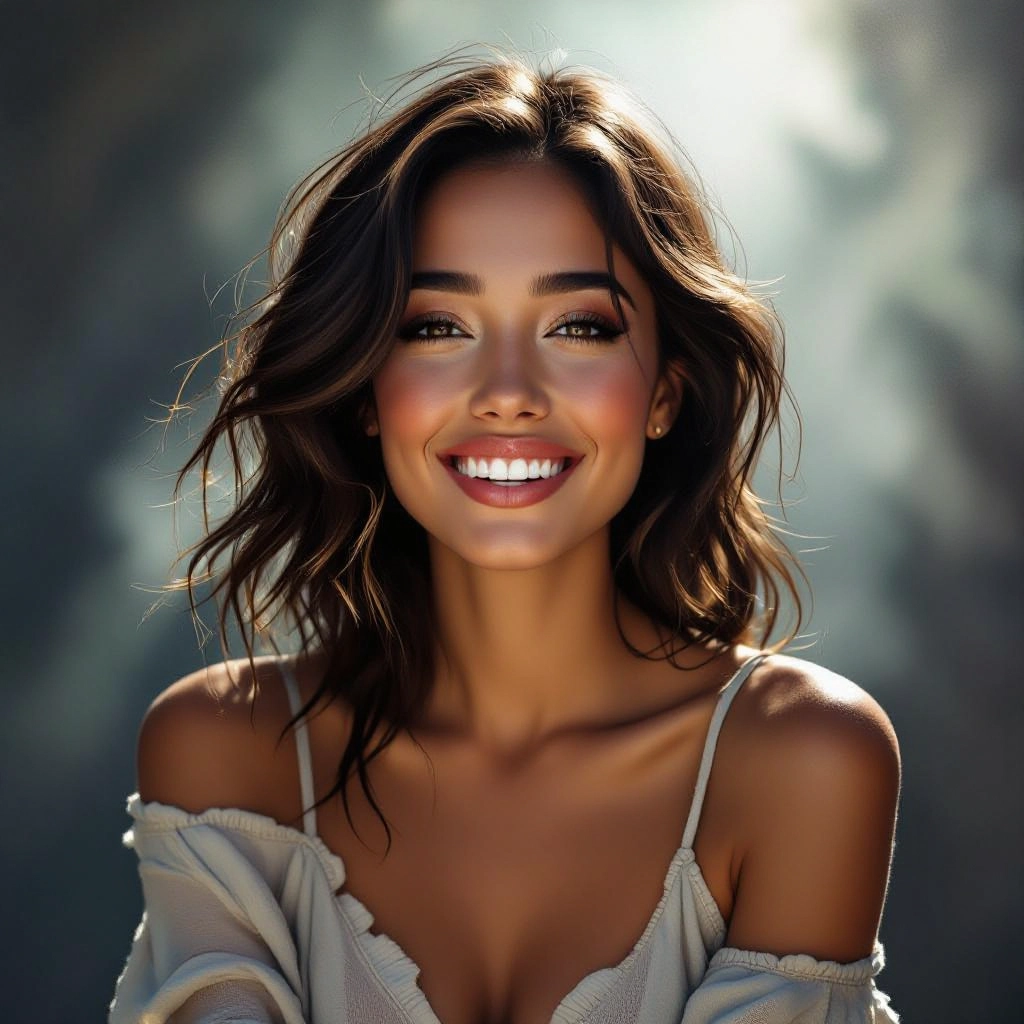
Select your preferred image size and aspect ratio. Our AI model delivers professional quality comparable to:
- • Flux AI Quality
- • Midjourney Standard
- • OpenAI DALL-E
- • Google Imagen
Download AI Moody Image

Once your AI moody image is generated, click the download button to save it to your device. The image will be in high quality format ready for use.
Features of AI moody Image Generator
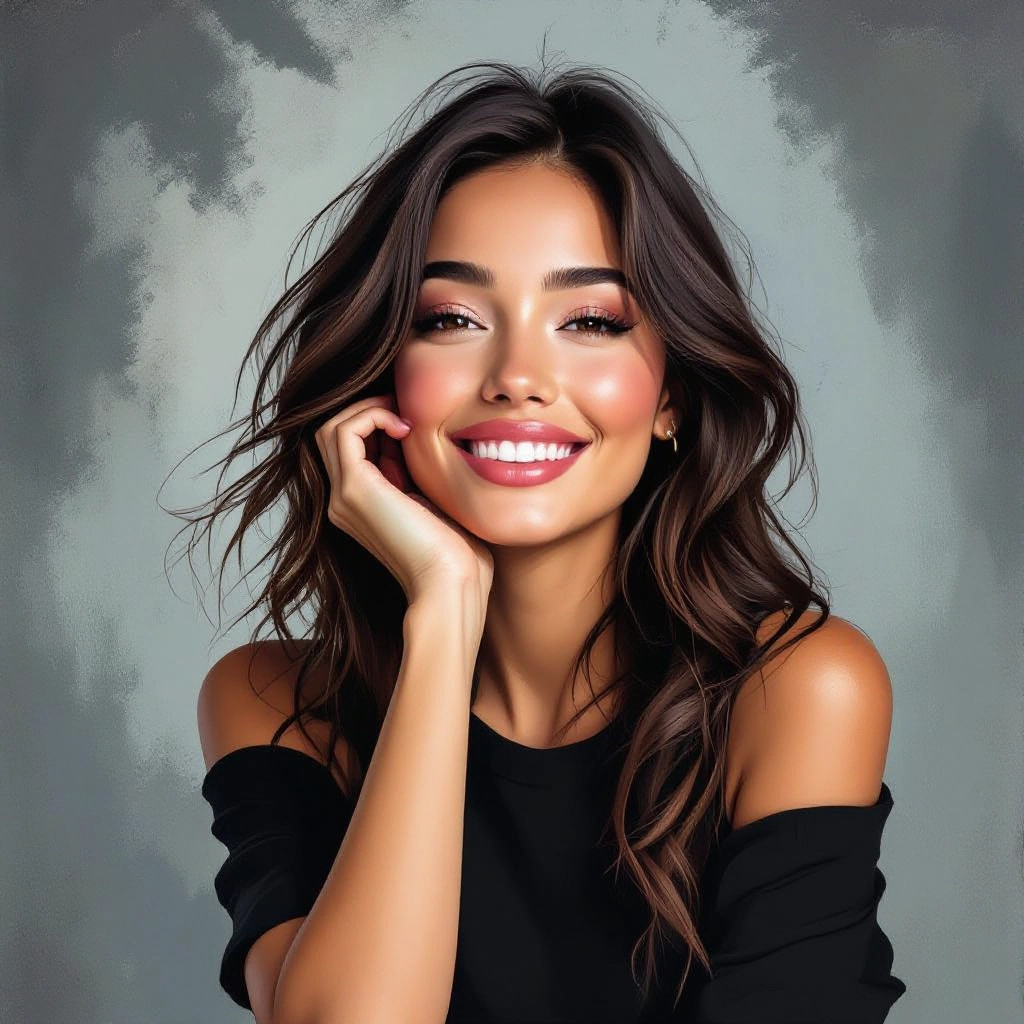
Preset Mood Profiles
Choose curated mood presets like Noir, Rainy Evening, Golden Dusk and Urban Grit that apply cohesive color grading, contrast curves and lighting patterns in a single click for consistent results.
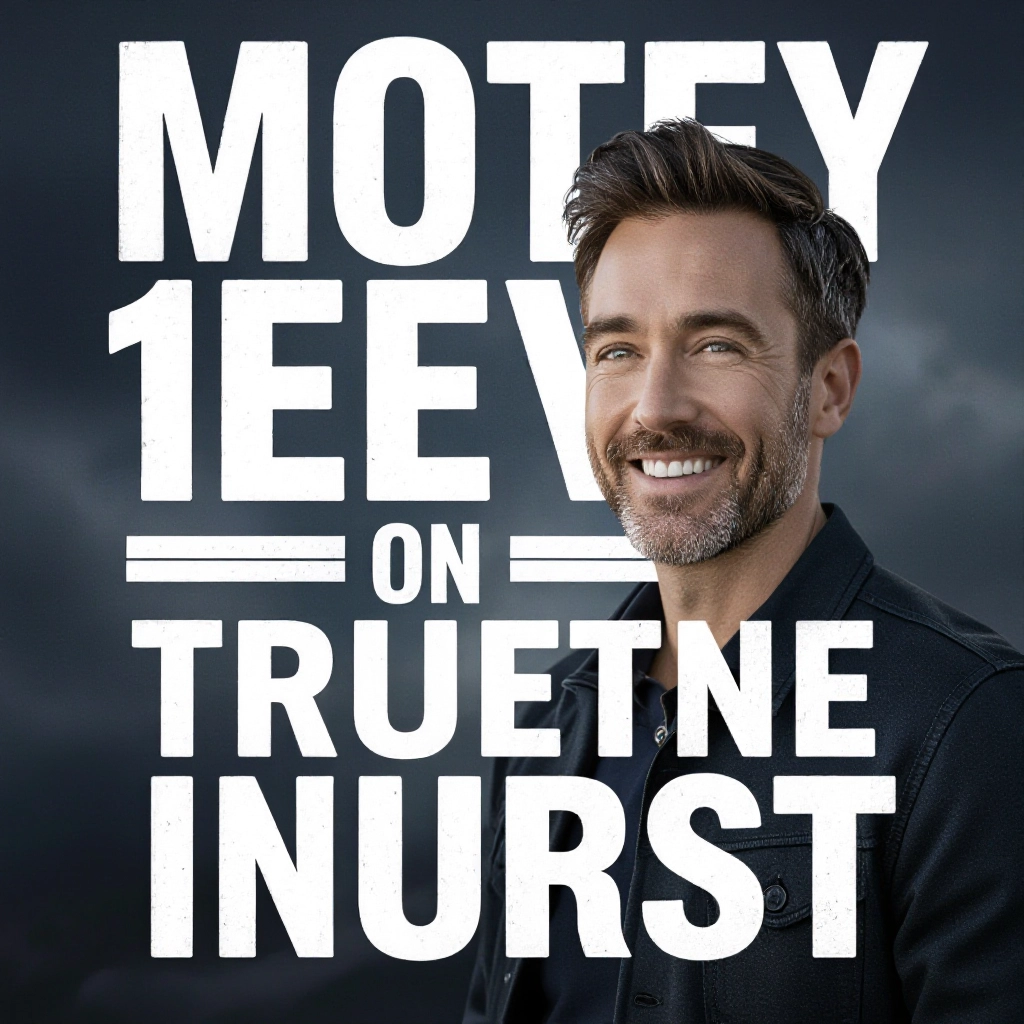
Precise Lighting Controls
Control direction, hardness and intensity of light sources, simulate rim, back and side lighting, and reduce ambient fill to create dramatic silhouettes and pronounced shadow separation.
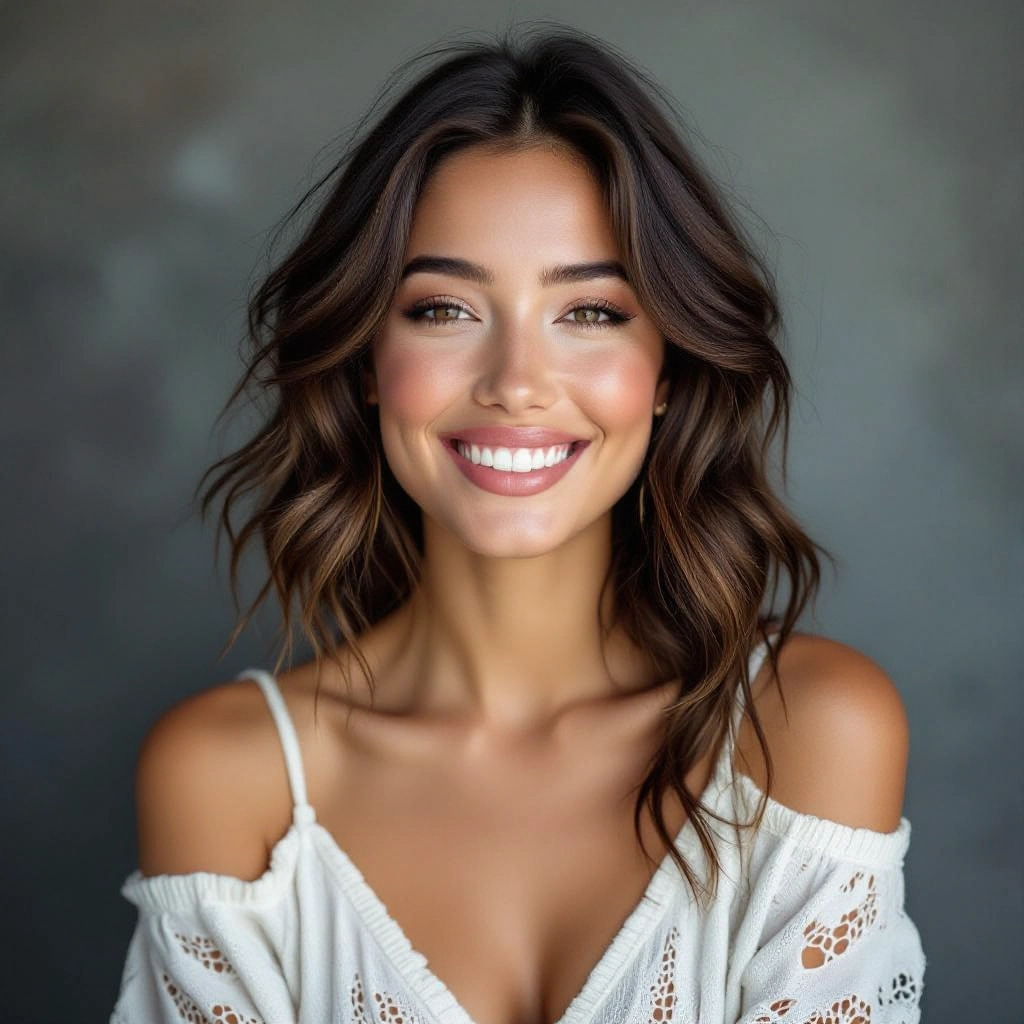
Advanced Color Grading
Apply cinematic LUTs and selective color shifts to shadows and highlights, push teal-and-orange, muted desaturation, or monochrome palettes while preserving skin tones and detail.
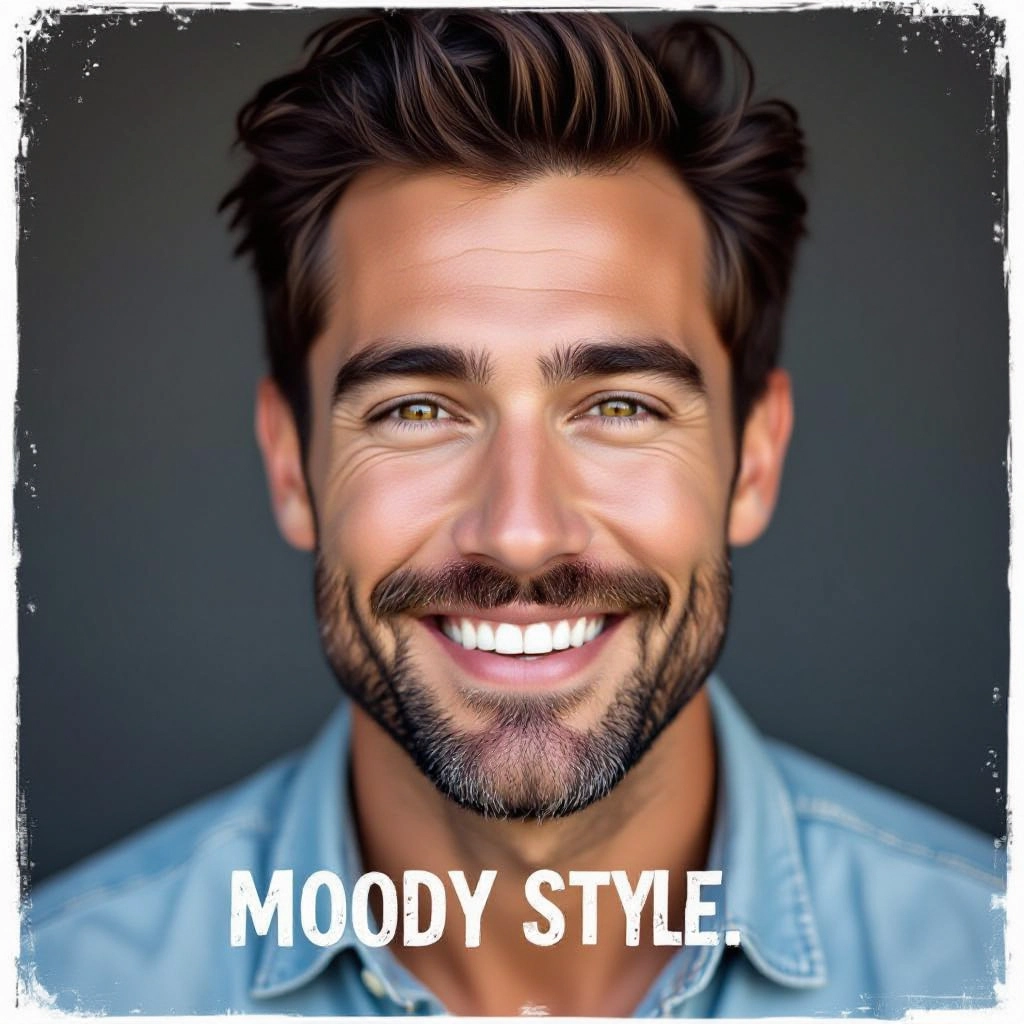
Texture and Film Effects
Add film grain, film scratches, subtle vignettes and lens diffusion to impart analog character and tactile texture that enhances mood without overwhelming the composition.
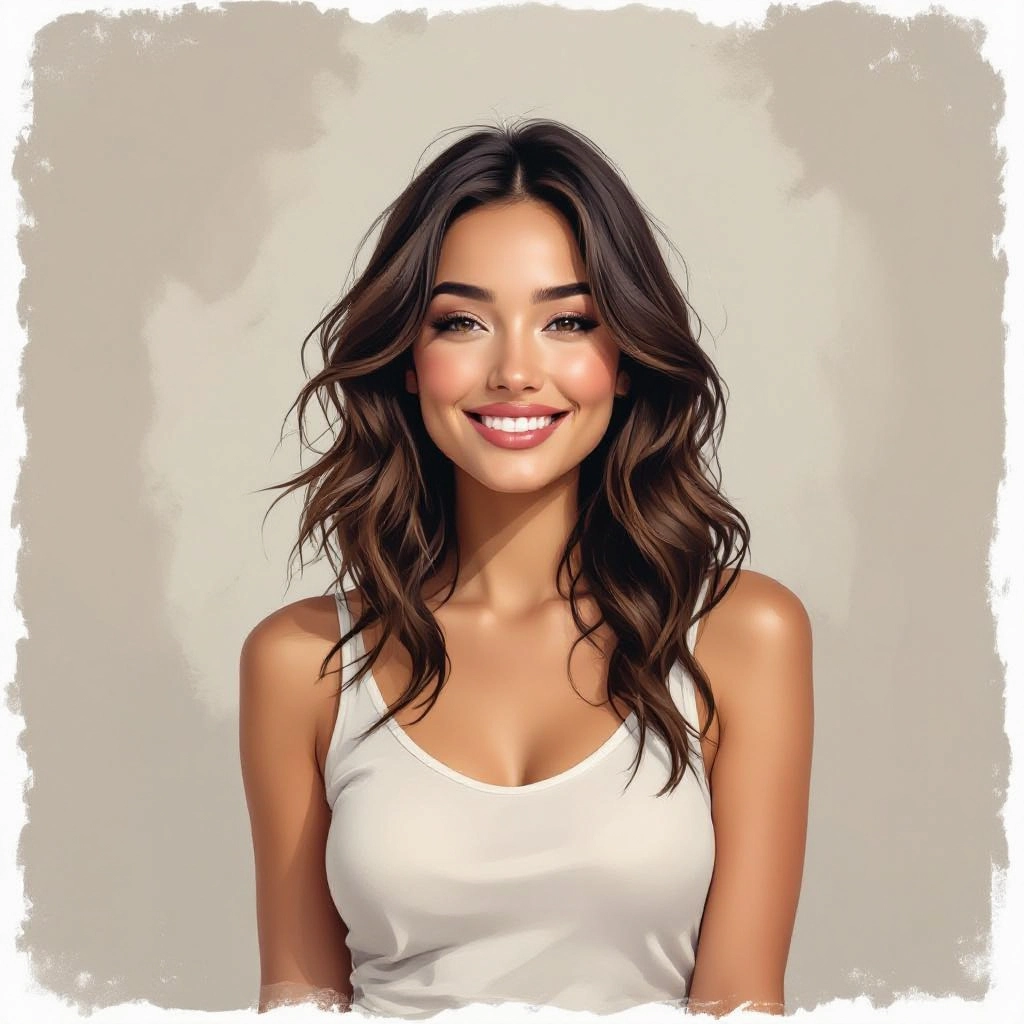
Composition and Aspect Tools
Adjust aspect ratio, focal length simulation and subject placement; use crop presets for posters, social formats and editorial spreads to keep the moody aesthetic across formats.
Types of AI Powered Moody Style Images
Moody imagery covers many substyles, each emphasizing different lighting, color and texture choices. Below are common variations that the generator can produce, with distinct emotional and visual cues.
Low-Key Portrait
Intimate portraits with deep shadows, a single directional light source and warm highlight accents to create mystery and emotional focus on the subject.
Cinematic Nightscape
Urban or natural night scenes with neon or sodium lighting, pronounced contrast, reflective surfaces and cool shadow tones for a film-like city mood.
Foggy Film Noir
Black and white or desaturated scenes with haze, strong backlight and sharp rim edges that recreate classic noir tension and ambiguous storytelling.
Muted Pastel Dusk
Soft, desaturated sunsets with pastel shadows and gentle haze that feel melancholic and nostalgic, ideal for thoughtful editorial visuals.
Moody Urban Grit
Grungy textures, cold shadow casts and saturated highlights in industrial settings to convey tension, realism and documentary energy.
Minimalist Still Life Mood
Sparse compositions with controlled lighting, subtle color casts and tactile surfaces that focus on form and mood rather than busy detail.
Applications of AI moody image style
Album and Cover Art
Create evocative, memorable covers that match musical tone, using moody visuals to communicate emotion and narrative at a glance.
Film and Series Concept Art
Rapidly prototype lighting and color direction for scenes and posters, helping directors and cinematographers establish a visual language early in development.
Editorial and Magazine Photography
Produce stylized editorials with consistent atmosphere for features, fashion spreads and longform storytelling that demand emotional cohesion.
Branding and Campaign Visuals
Deliver moody imagery for lifestyle brands that want to stand out with dramatic, emotionally resonant ads across digital and print channels.
Social Media Content
Generate striking, scroll-stopping posts and stories with a distinct moody palette to build a recognizable visual identity quickly.
Book Covers and Posters
Design compelling covers and promotional posters that use atmosphere and light to hint at genre, tone and narrative hooks.
FAQs about AI moody image generator
How do I write prompts for moody images?
Be specific about lighting, color and texture. Mention light direction, shadow density, color casts like teal or sepia, camera lens type if desired, and optional effects such as grain or fog to guide the generator toward a moody outcome.
Can I replicate a film stock or photographer style?
Yes. Use references to film stocks, photographic terms or named photographer styles in your prompt, and pair that with color grading and grain settings to approximate the look while avoiding direct copying of copyrighted images.
What settings create a more cinematic mood?
Lower global exposure, increase contrast, use directional rim or backlight, apply a narrow midtone color cast, and add controlled grain and vignette. Slight desaturation of highlights with richer shadow hues yields cinematic depth.
Is the generated image suitable for commercial use?
Many moody images are commercially usable, but check the generator's licensing terms. If you plan to use images for ads, packaging or resale, verify commercial license availability and any attribution requirements.
How do I retain detail in dark shadows?
Ask for high dynamic range in the prompt, reduce extreme black clipping, and use gentle contrast curves rather than crushing blacks. You can also request shadow boost or local tone mapping to keep texture visible in dark areas.
Can I combine moody styles with color branding?
Yes. Use targeted color grading to preserve brand hues in highlights or accents while letting shadows and midtones adopt the moody palette. This keeps brand recognition while maintaining atmosphere.

Explore All Image Generators
More generators coming soon!
